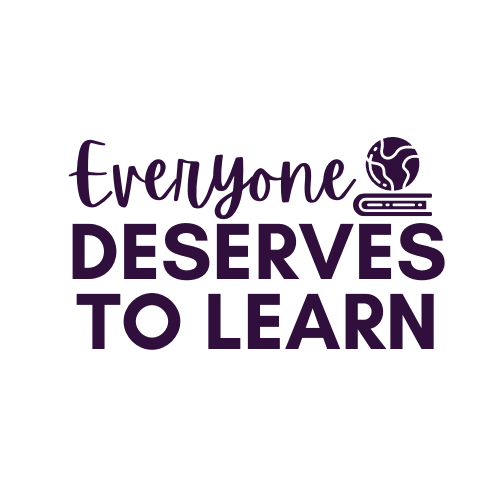Teaching Subject and Predicate Agreement in Context
Teaching subject and predicate agreement has majorly transformed my language learners' writing abilities. After attending a training on the
(FYT) writing program, I felt like I had finally found something that would work for my students this year! I strongly believe in teaching grammar and vocabulary in the context of reading and writing, and these strategies fit right into my curriculum. Read along to see if these strategies might help your scholars as well!

Our unit on biographies lent itself perfectly to working on learning subject and predicate agreement. Our first read-aloud for the unit was
The Boy Who Harnessed the Wind
. As a pre-assessment, I displayed the following image to determine whether or not students understood the difference between nouns and verbs.

Most students knew about nouns and verbs, but could not make the connection that nouns were subjects and verbs were predicates. Framing Your Thoughts uses the words
subjects and predicates
almost exclusively, so I have begun to use that vocabulary as well. Using these simple charts, as well as TPR I learned in the training, I taught students the difference between subjects and predicates, as well as how to find them.


We practiced subjects and predicates using a picture prompt of a landscape in Malawi, which was the setting of the book. This allowed me to see who needed practice with predicate agreement, and served to build vocabulary about a country that was unfamiliar to most of my students.

Following this lesson, we moved on to our next read-aloud,
Apples to Oregon
. These charts are displayed in my room, and are constantly referenced. I taught my students some hand motions and a chant that helped them remember the rules. From that point on, my students were expected to underline all subjects and put "mountains" under all predicates.


As we read the story, we learned lots of additional background knowledge and vocabulary about the time of the pioneers in America. We began sorting that vocabulary into subjects and predicates, which we later compiled into a huge classroom list.


By two weeks into our study of subject and predicate agreement, my students understood how to write
barebone sentences
(vocabulary used in FYT), and were able to write a summary of both our read-alouds using that strategy. We kept practicing, and I challenged them to summarize their weekends using only
barebone sentences
. They were able to add a picture detail at the end to show where they were or with whom.

You may have noticed that none of these predicates are past-tense, and there is a reason for that. Since students need to learn the agreement rules between subjects and predicates, FYT suggests using the active present tense. When we began our study of Sacajawea, my students were comfortable with subject and predicates, and therefore able to identify more content-specific vocabulary.

As a formative assessment, I gave each student a copy of the book and had them write
barebone sentences
of their own. They shared with a partner, whose job it was to try to find the illustration in the book that matched the sentence.

After only three weeks of studying subjects and predicate agreement, my students' writing is clearer and much more proficient, especially since they are expected to underline each subject and "mountain" each predicate. My students have done so well with creating
barebone sentences
that I've challenged them to use strong predicates from the list we've compiled.

By scaling back our sentences to the very basic parts, my students have been able to understand HOW to put a sentence together. The next step in FYT is adding predicate expanders (adverbs) like where, when, how, and why, and I'm excited to see how they progress! I've become a huge fan of this strategy, and hope it might work for your students as well.

